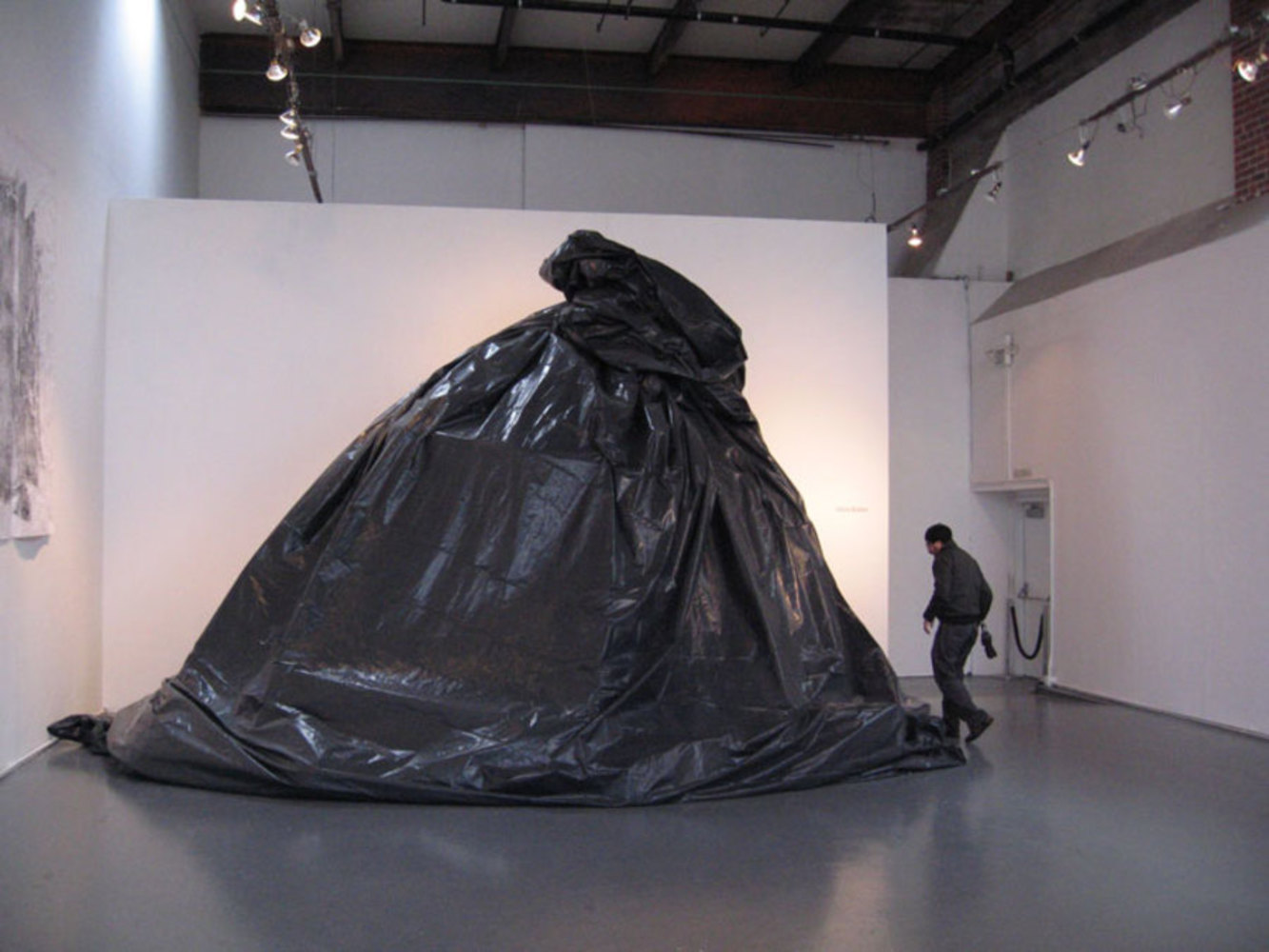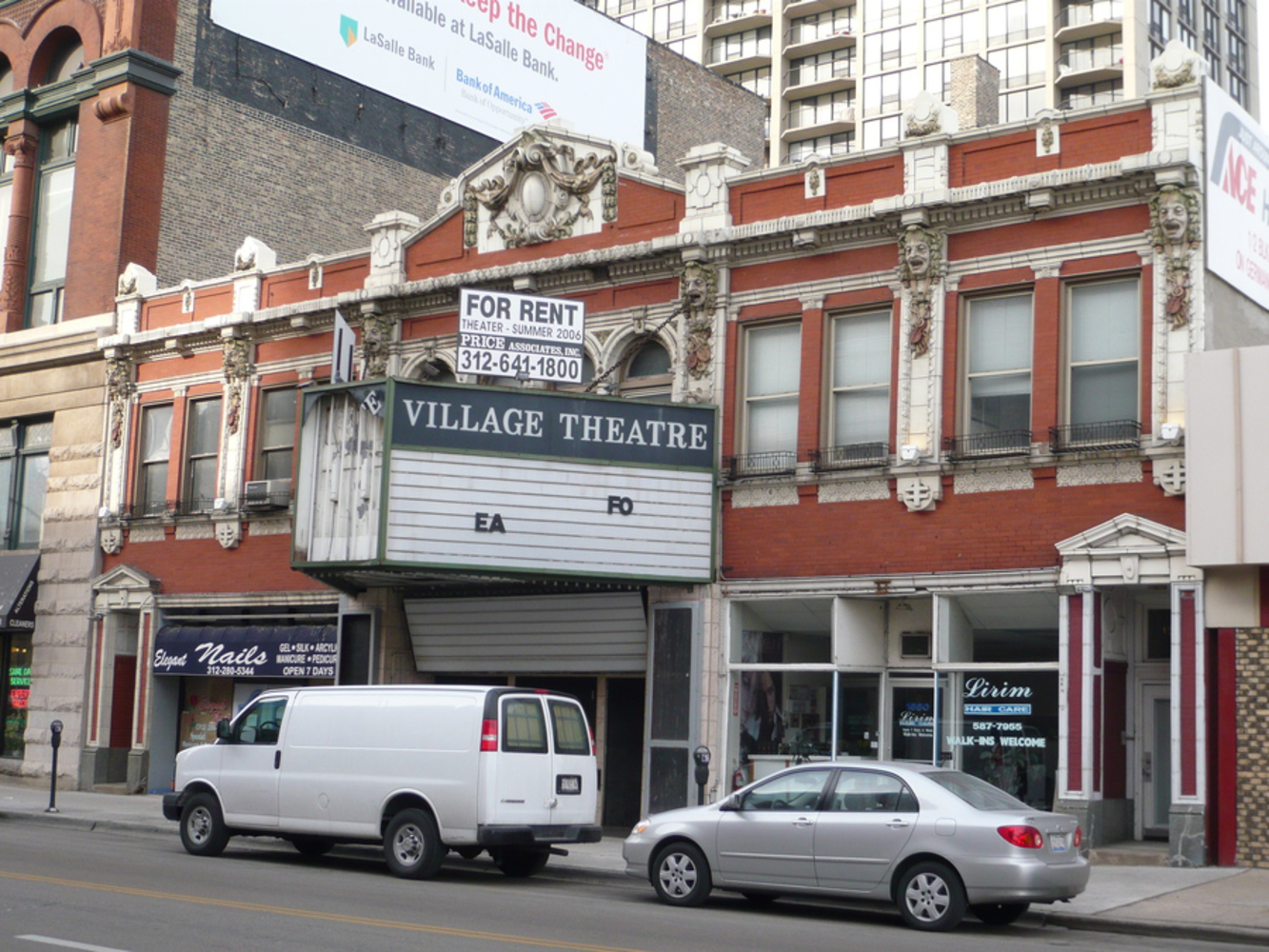Analysis
1) One of Tufte's Principles of Graphic Excellence is that Graphical Excellence is the well-designed interpretation of interesting data - a matter of substance, statistic and design. In this project I hoped that this encompassing visual interpretation was enough to represent this data
2) Like the Cancer Maps Tufte refers to, this design and visualization is not without flaw. Because it is a sample of the top-grossing and top-budgeting films, it looks past though movies that have done very well on their own without an extravagant budget (compared to the movies being represented)
3) In a way, this is a Time-Series map because the movies are placed in chronological order as you walk through in the hopes that the observer would sense a pattern as they moved through the installation and come to a certain conclusion
4) Like Playfair, this interpretation has a comparison for added effect. Rather than just showing you the budget for the movie, it has a side-by-side comparison of the budget intentionally placed there to make the user think about how money is moving in this industry.
5) This installation connects to each person individually much like the Pulse Room installation by Lozano-Hemmer even though it does not react to you and you cannot manipulate the data.

